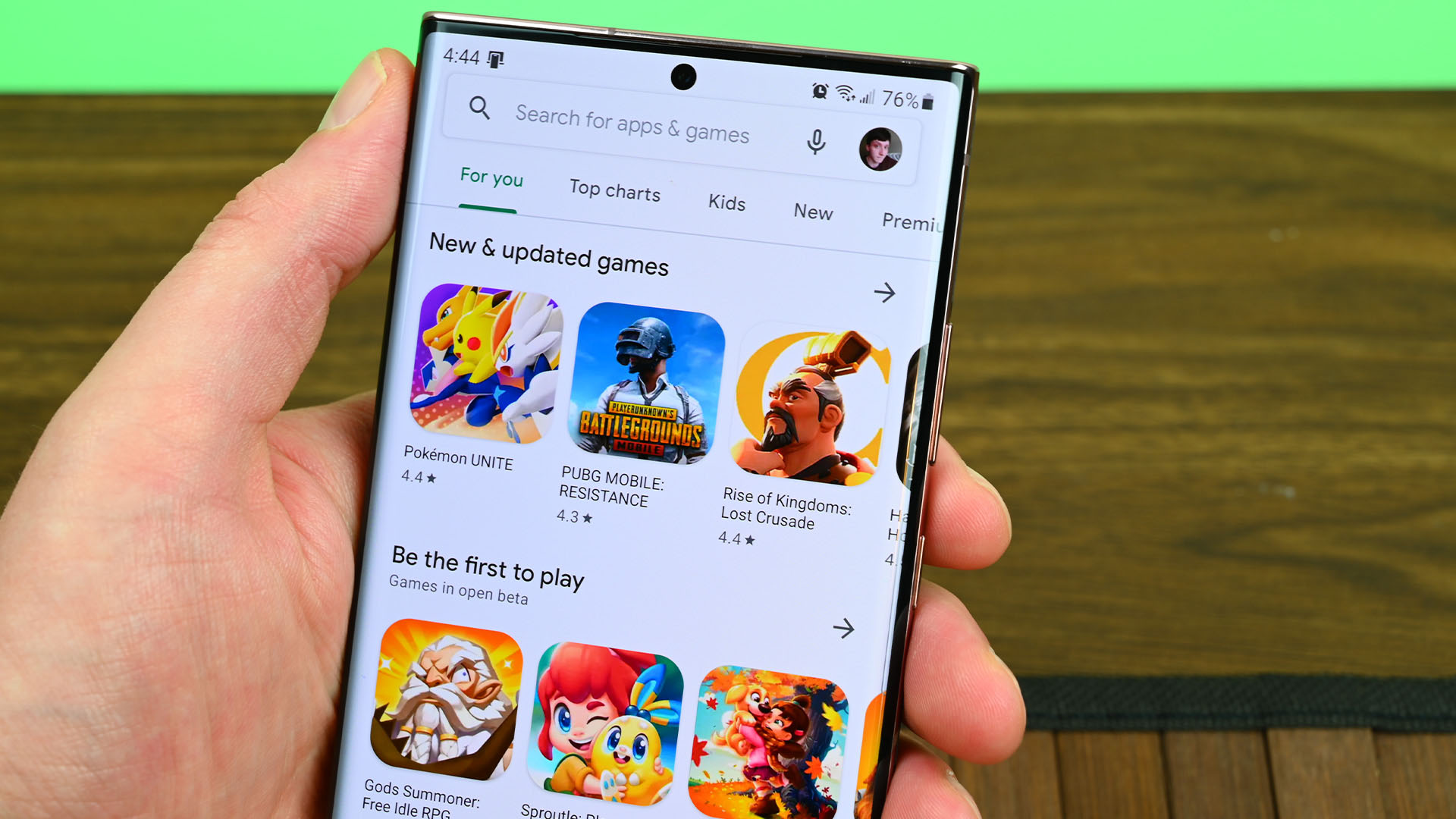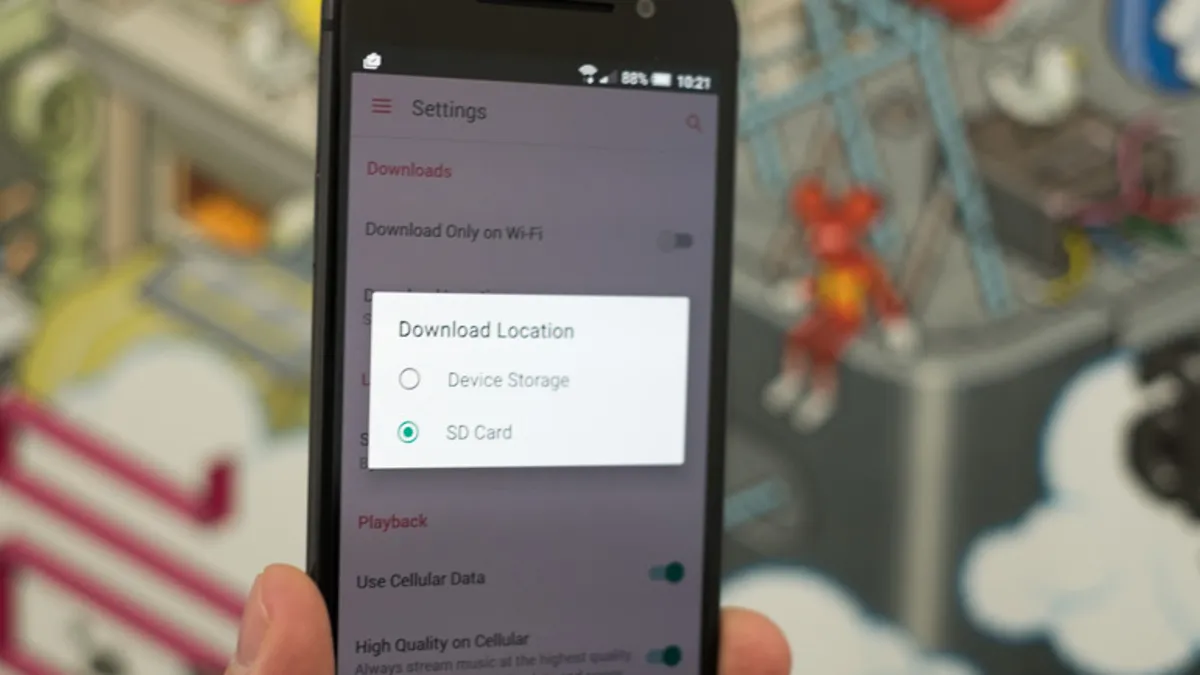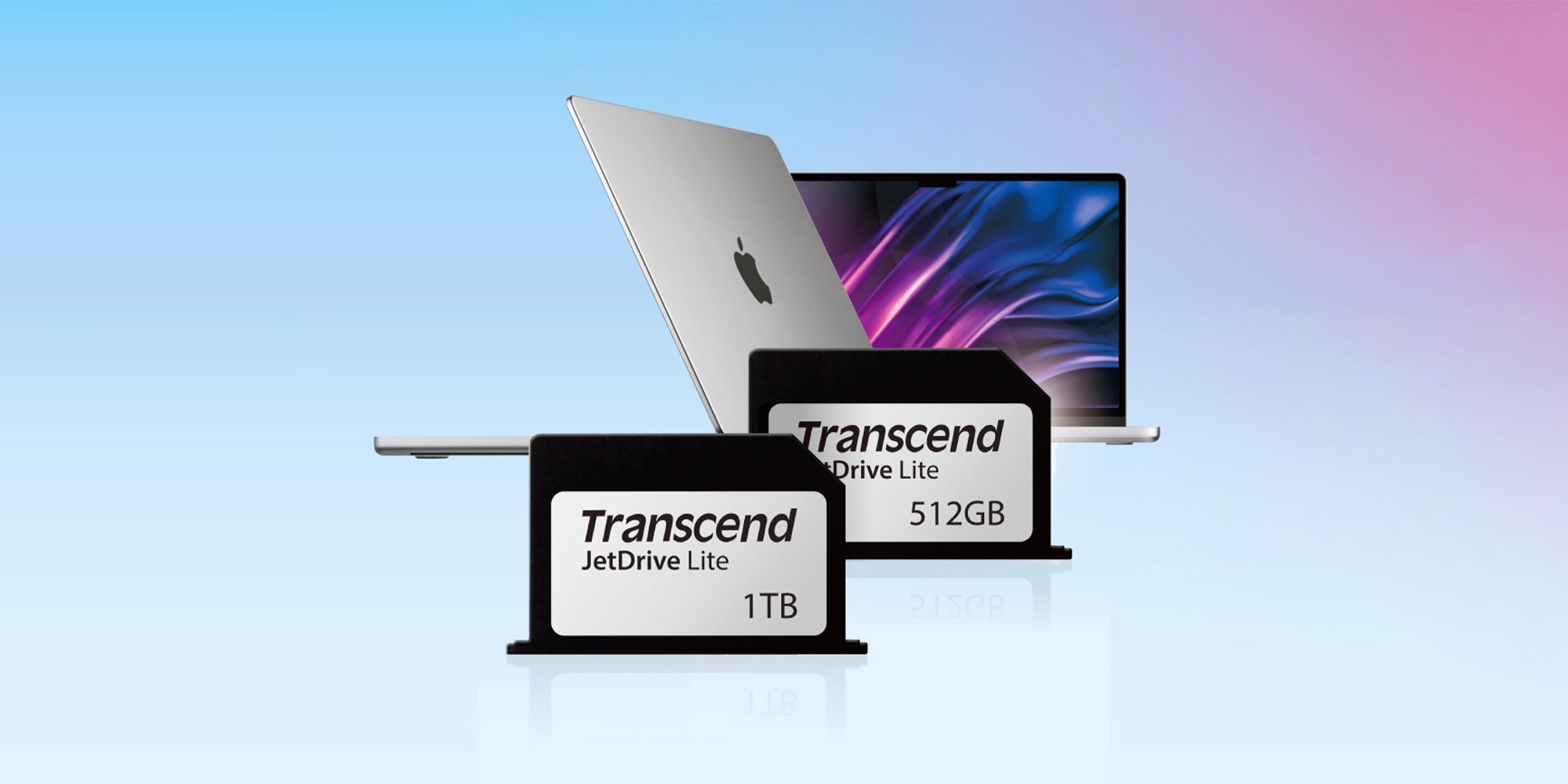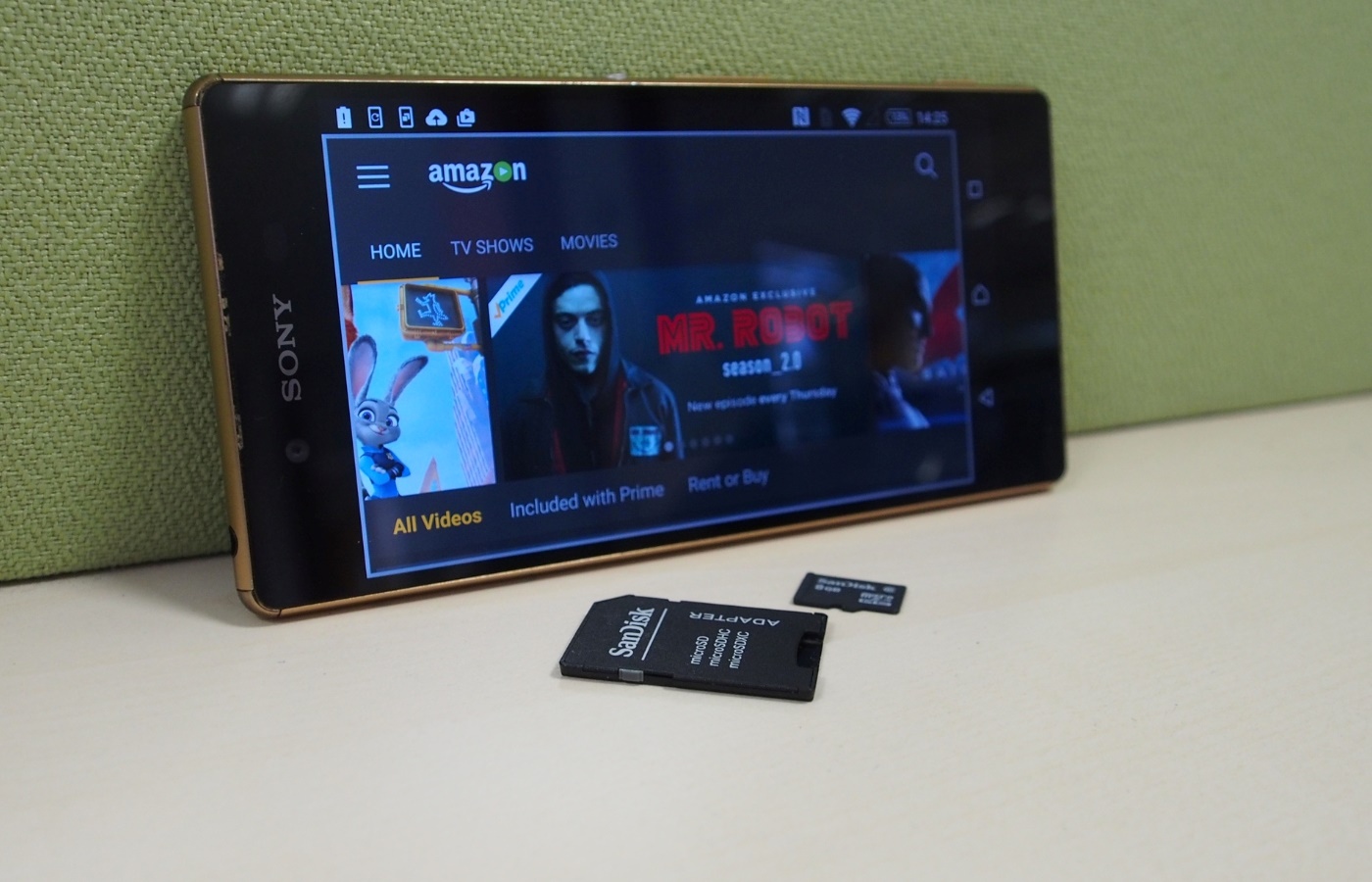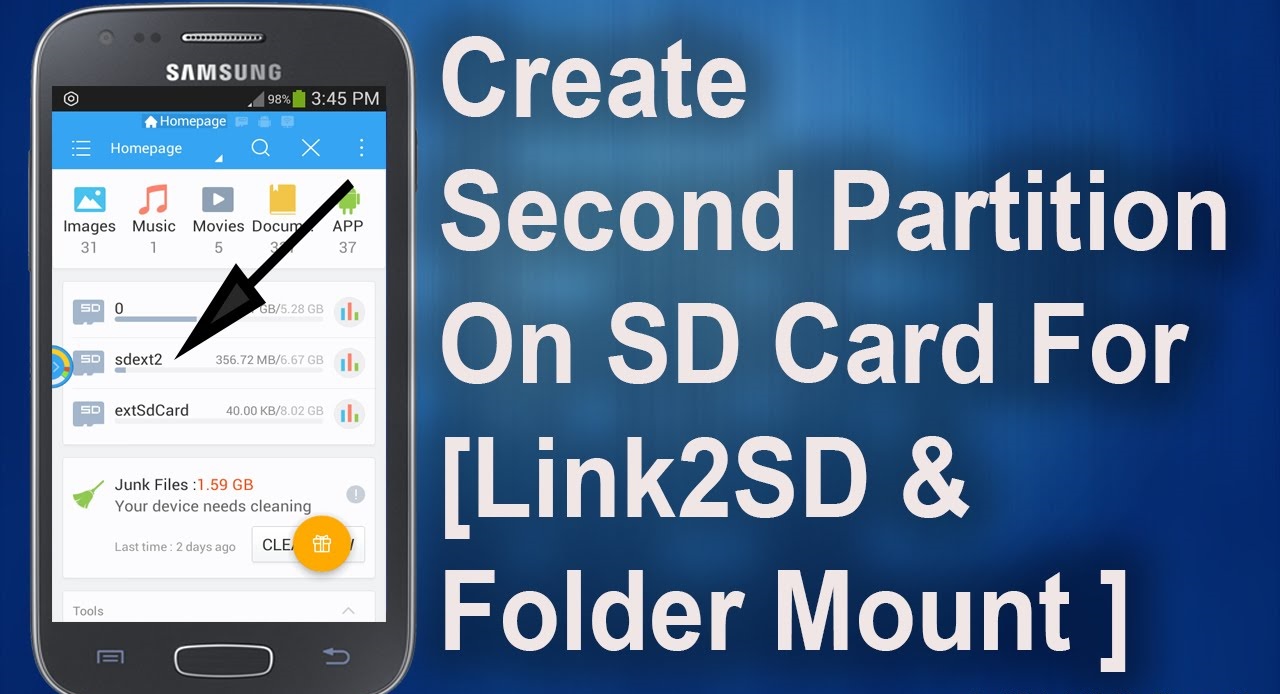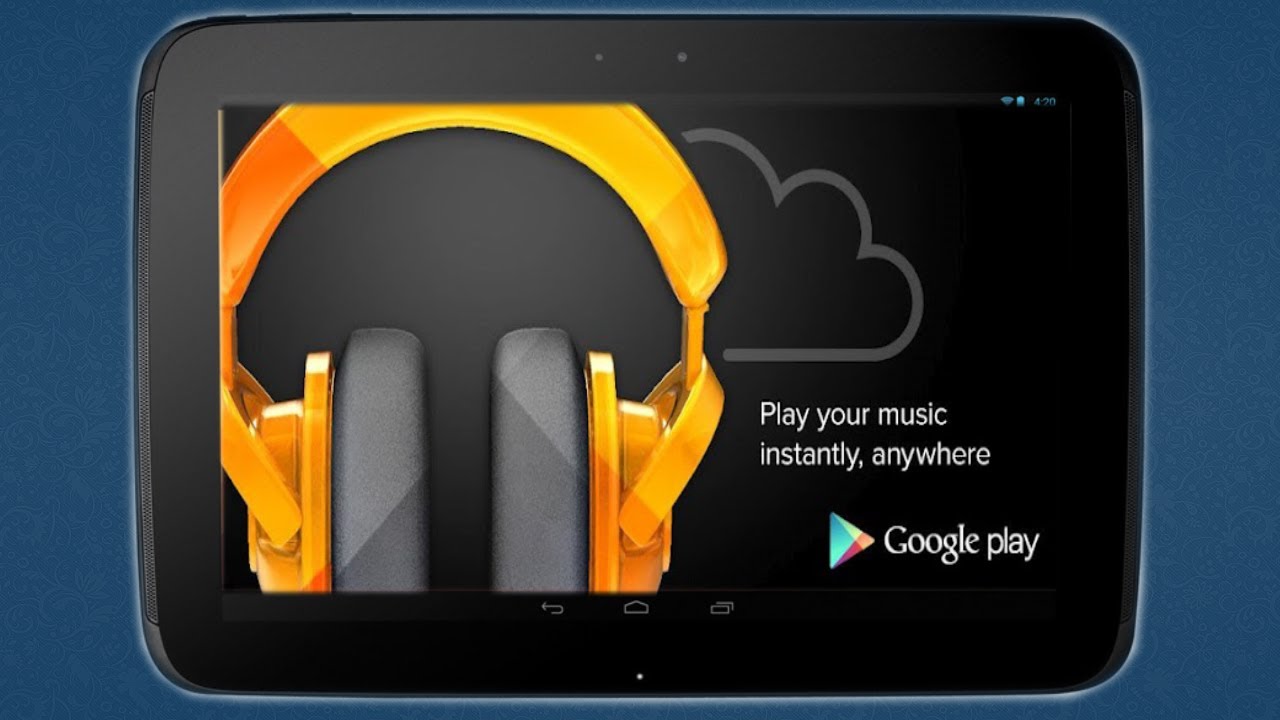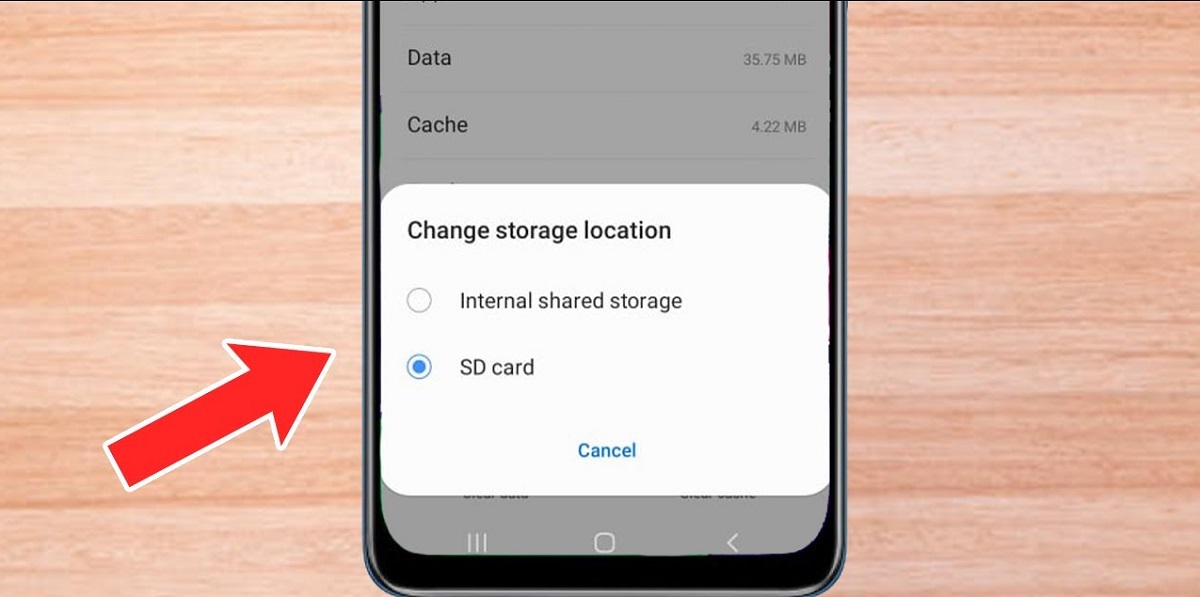Introduction
Welcome to our guide on how to download apps to your SD card. If you’ve ever run out of storage space on your device or want to free up internal memory, downloading apps directly to your SD card can be a game-changer. By utilizing your SD card, you can expand the available storage and keep your device running smoothly.
In this article, we’ll walk you through the process of downloading apps to your SD card and provide you with helpful tips to manage your apps effectively. Whether you’re using an Android phone or tablet, this guide will help you optimize your device’s storage and improve its performance.
Before we dive into the step-by-step instructions, let’s explore the benefits of downloading apps directly to your SD card.
Why Download Apps to SD Card?
There are several advantages to downloading apps directly to your SD card:
- Storage Space: By moving apps to your SD card, you can free up valuable internal storage on your device. This is especially beneficial if you have a device with limited built-in storage.
- Performance: As apps take up less internal storage, your device’s performance can improve. You may experience faster app loading times and smoother overall operation.
- Flexibility: Having apps on your SD card allows you to easily switch between devices or transfer apps to a new phone or tablet without having to redownload them.
- Organizational Benefits: Storing apps on your SD card can help you keep your device’s home screen clutter-free and organized. It allows you to prioritize essential apps on your device’s internal storage while keeping less frequently used apps on your SD card.
Now that you understand the advantages of downloading apps to your SD card, let’s move on to the next section: checking device requirements.
Why Download Apps to SD Card
Downloading apps directly to your SD card offers several benefits that can greatly improve your device’s performance and user experience. Let’s explore these advantages in more detail:
- Storage Space: One of the primary reasons to download apps to your SD card is to free up internal storage space on your device. Many smartphones and tablets come with limited memory, and installing multiple apps can quickly consume all available space. By utilizing the extra storage capacity of your SD card, you can keep your device running smoothly without worrying about storage limitations.
- Performance: Running out of space on your device’s internal memory can cause sluggish performance, lagging apps, and frequent crashes. By offloading apps to your SD card, you can alleviate the strain on your device’s internal storage and improve overall performance. This can lead to faster app loading times, smoother multitasking, and an overall better user experience.
- Flexibility: Downloading apps to your SD card provides you with increased flexibility and freedom. If you switch to a new device or upgrade your phone, you can simply insert your SD card and have all your downloaded apps readily available. This reduces the hassle of having to transfer apps manually or re-download them. Additionally, it allows you to try out different devices without losing access to your apps.
- Organizational Benefits: Storing apps on your SD card can help you keep your device’s internal storage clean and organized. You can prioritize essential apps or frequently used ones on your device’s internal memory, while less frequently used or large-sized apps can be moved to the SD card. This not only frees up space but also keeps your device’s home screen clutter-free and easier to navigate.
By downloading apps directly to your SD card, you can optimize the storage of your device, improve its performance, and have the flexibility to manage and organize your apps effectively. Now that you understand the benefits, let’s move on to the next section: checking device requirements.
Checking Device Requirements
Before you begin downloading apps to your SD card, it’s important to ensure that your device meets the necessary requirements. Here are a few things to consider:
- SD Card Compatibility: Check if your device supports using an SD card for app storage. Some older or budget smartphones may not have this capability. To check, go to your device’s settings and look for the “Storage” or “Memory” section. If you see an option to format or use an SD card for app storage, it means your device supports it.
- SD Card Capacity: Determine the capacity of your SD card. It’s recommended to use an SD card with a larger storage capacity to accommodate the apps you plan to download. Consider your usage requirements and choose a card with sufficient space to avoid running out of storage in the future.
- SD Card Speed Class: The speed class of your SD card can impact the performance of your apps. Speed class determines the minimum sustained write speed of the card and is denoted by a number inside a circular symbol. Higher speed classes offer faster data transfer, resulting in better app performance. Look for SD cards with Class 10 or higher for optimal performance.
- Compatibility with OS: Ensure that your device’s operating system (OS) is compatible with using an SD card for app storage. Different OS versions may have different requirements or limitations. Check the documentation or support resources for your specific device and OS version to confirm compatibility.
Checking these requirements will help you determine if your device is suitable for downloading apps directly to your SD card. If your device meets all the necessary criteria, you can proceed to the next section: finding the right SD card.
Finding the Right SD Card
Choosing the right SD card for your device is crucial when it comes to downloading apps directly to it. Here are some factors to consider when selecting an SD card:
- Storage Capacity: Determine the amount of storage you need based on your app usage. If you frequently download large apps or store a lot of media files, consider opting for a higher capacity SD card. Common storage capacities include 16GB, 32GB, 64GB, and 128GB, but higher capacities are available for those who require even more storage space.
- Speed Class: Consider the speed class of the SD card. The speed class indicates the minimum sustained write speed of the card and is denoted by a number inside a circular symbol. Higher speed classes, such as Class 10 or higher, offer faster data transfer, resulting in smoother app performance and quicker file transfers.
- Brand and Quality: Stick to well-known and reputable brands when purchasing an SD card. Opting for a reputable brand ensures better reliability, performance, and compatibility with your device. It’s worth investing in a good-quality SD card to avoid issues like corruption or data loss.
- Compatibility: Ensure that the SD card you choose is compatible with your device. Check the manufacturer’s specifications or the device’s user manual to verify the supported types and capacities of SD cards. Some devices may only support certain formats, such as microSD or SDXC. Also, ensure that the SD card fits your device’s card slot correctly.
- Budget: Consider your budget when selecting an SD card. Prices can vary depending on the storage capacity, speed class, and brand. Look for a balance between your storage needs and budget to make an informed decision.
By carefully considering these factors, you can find the right SD card that suits your needs for downloading apps. Once you have chosen and purchased the SD card, the next step is formatting it to prepare it for use. We’ll cover the formatting process in the next section.
Formatting the SD Card
Formatting the SD card is an essential step before you can start downloading apps to it. Here’s how you can format your SD card:
- Backup Important Data: Before formatting your SD card, ensure that you have backed up any important data stored on it. Formatting will erase all data on the card, so it’s crucial to create a backup to prevent data loss.
- Access Device Settings: On your device, go to the Settings menu. Depending on your device, the location of the settings may vary, but it is typically represented by a gear icon on the home screen or app drawer.
- Navigate to Storage Settings: Look for the “Storage” or “Memory” option within the Settings menu. This will allow you to manage your device’s storage settings, including the SD card.
- Unmount SD Card: In the Storage settings, locate the option to unmount or eject the SD card. By unmounting the SD card, you ensure that it is not being used by any apps or processes during the formatting process.
- Format SD Card: Once the SD card is unmounted, you will see an option to format it. Tap on this option to begin the formatting process. Confirm the formatting action when prompted.
- Wait for Formatting to Complete: The formatting process may take a few minutes, depending on the size of the SD card. Avoid interrupting the process or removing the SD card while it is formatting.
- Remount SD Card: After the formatting process is complete, you can remount the SD card. This will make it accessible to your device, allowing you to use it for app storage.
Formatting your SD card prepares it for use and ensures that it is compatible with your device. Remember to back up any important data before formatting, as it will be permanently deleted. With your SD card formatted, you’re ready to proceed to the next step: changing the default app storage location.
Changing the Default App Storage Location
To download apps directly to your SD card, you need to change the default app storage location on your device. Here’s how you can do it:
- Access Device Settings: Open the Settings menu on your device. This can usually be done by tapping on the gear icon on the home screen or app drawer.
- Navigate to Storage Settings: Look for the “Storage” or “Memory” option within the Settings menu. This is where you can manage your device’s storage settings, including the default app storage location.
- Find Default Storage Location: In the Storage settings, locate the option that allows you to change the default storage location for apps. This option may vary depending on your device and operating system version. It could be labeled as “Storage Location,” “Default Write Disk,” or something similar.
- Select SD Card as Default: Tap on the option to change the default storage location. A list of available storage options will appear. Select the SD card from the list to set it as the default storage location for apps.
- Confirm the Changes: Once you’ve selected the SD card as the default storage location, your device may prompt you to confirm the changes. Follow the on-screen instructions to complete the process.
- Restart Your Device: After changing the default app storage location, it is recommended to restart your device. This allows the changes to take effect and ensures that apps are installed directly to the SD card.
By changing the default app storage location to your SD card, you ensure that any apps you download will be saved directly to the SD card. This helps free up internal storage space and allows you to better manage your device’s storage. In the next section, we’ll explore how to download apps to your SD card.
Downloading Apps to SD Card
Now that you have set your SD card as the default storage location for apps, you can start downloading and installing apps directly to it. Here’s how you can download apps to your SD card:
- Open the App Store: Launch the app store on your device. This could be the Google Play Store for Android devices or the App Store for iOS devices.
- Search for the App: Use the search function within the app store to find the app you want to download. You can search by app name, category, or specific keywords.
- Select the App: Tap on the app from the search results to access its app page. Here, you can read more about the app, check user reviews and ratings, and view screenshots or videos.
- Choose the Install Option: On the app page, look for the “Install” or “Get” button and tap on it. This will initiate the download and installation process for the app.
- Grant Permissions: Your device may prompt you to grant certain permissions required by the app. Review the permissions and tap “Allow” or “Accept” to proceed with the installation.
- Select Storage Location: After granting permissions, your device may ask you to confirm the storage location for the app installation. Make sure to choose the option to install the app to the SD card. Depending on your device, this selection may be named differently, such as “Install on SD card” or “Choose storage location.”
- Wait for Installation: The app will begin downloading and installing to your SD card. The time required for this process depends on the app size and your internet speed. Ensure that you have a stable internet connection during the installation.
- Access Installed Apps: Once the installation is complete, you can access the app from your device’s app drawer or home screen like any other app. The app and its data will be stored on your SD card.
By following these steps, you can successfully download apps directly to your SD card and avoid consuming valuable internal storage on your device. In the next section, we’ll discuss how to manage apps on your SD card effectively.
Managing Apps on SD Card
As you download apps directly to your SD card, it’s important to know how to effectively manage them to ensure optimal performance and storage efficiency. Here are some tips for managing apps on your SD card:
- Review App Usage: Periodically review the apps installed on your SD card and assess their usage. Uninstall any apps that are no longer needed or rarely used. This helps free up space and declutter your SD card.
- Move Apps to SD Card: Some apps may get installed on your device’s internal storage by default. To free up space on your internal storage, move eligible apps from the internal storage to the SD card. To do this, go to your device’s settings, navigate to the “Apps” or “Applications” section, select the app you want to move, and tap on the “Move to SD card” option if available.
- Clear App Cache: Over time, app cache can accumulate and take up valuable space on your SD card. Clearing the cache regularly can help reclaim storage. Go to your device’s settings, open the “Storage” or “Memory” section, select the SD card storage, and tap on the “Clear cache” option. Note that clearing cache may temporarily slow down app performance as the cache will need to be rebuilt.
- Update Apps: Keep your apps up to date to ensure they are running smoothly and benefit from bug fixes and new features. Open the app store on your device and go to the “My Apps” or “Updates” section. From there, you can update individual apps or choose to update all installed apps.
- Backup App Data: It’s a good practice to regularly back up your important app data, especially for apps that store personalized settings or user-created content. Some apps provide built-in backup options, while others may require third-party backup apps. Ensure that the backup is stored in a secure location.
- Monitor Available Storage: Keep an eye on the available storage space on your SD card. By monitoring storage usage, you can proactively manage your apps and prevent running out of space. Check the storage settings on your device to view the amount of used and free space on your SD card.
- Regularly Maintain SD Card: Perform regular maintenance on your SD card to keep it in good condition. This includes properly ejecting or unmounting the SD card before removing it from your device, avoiding exposing it to extreme temperatures or moisture, and periodically formatting the card if needed.
By following these tips, you can efficiently manage your apps on the SD card, maximize storage utilization, and maintain the overall performance of your device. In the next section, we’ll discuss some common troubleshooting tips for resolving issues with apps on the SD card.
Troubleshooting
While downloading and managing apps on your SD card, you may occasionally encounter issues or errors. Here are some common troubleshooting tips to help you resolve these problems:
- App Crashes: If an app installed on your SD card keeps crashing, try moving it back to your device’s internal storage to see if the issue persists. Some apps may not function properly when installed on the SD card, so moving them back can solve the problem.
- Insufficient Space: If you receive notifications about insufficient space on your SD card while downloading apps, check the available storage on your SD card. If it’s nearly full, consider removing unused or unnecessary apps or files to free up space for new app installations.
- Incompatibility: In some cases, certain apps may not be compatible with being installed on an SD card. If you encounter compatibility issues, try installing the app to your device’s internal storage instead.
- SD Card Unrecognized: If your device fails to recognize the SD card or encounters errors when accessing apps stored on it, try ejecting the SD card and reinserting it. If the problem persists, try using the SD card on a different device or format it to resolve any potential filesystem issues.
- App Data Loss: To avoid potential data loss when removing an SD card or formatting it, ensure that you have backed up any important app data. This way, if any unforeseen issues occur, you can restore your app data from the backup.
- App Update Issues: If you encounter issues when updating apps that are stored on the SD card, try moving those apps to internal storage temporarily. Once the update is complete, you can move the apps back to the SD card.
- Compatibility and Support: If you’re experiencing persistent issues with apps on your SD card, it’s always helpful to check the app’s support documentation or reach out to the app developer for troubleshooting assistance. They may have specific recommendations or updates to address compatibility issues.
By following these troubleshooting tips, you can address common issues that may arise when managing apps on your SD card. Remember that each device may have unique quirks or limitations, so adapt these tips based on your specific circumstances. With proper troubleshooting, you can maintain a smooth experience for your apps stored on the SD card.
Conclusion
Downloading apps directly to your SD card can be a great way to optimize the storage space on your device and improve its performance. By following the steps outlined in this guide, you can easily download apps to your SD card and manage them effectively.
We discussed the benefits of downloading apps to the SD card, including freeing up internal storage space, improving device performance, and providing flexibility in managing apps across different devices. We also covered important considerations such as checking device requirements and finding the right SD card with sufficient storage capacity and compatible speed class.
You learned how to format the SD card, change the default app storage location, and download apps directly to the SD card. Managing apps on the SD card involves regularly reviewing app usage, moving apps back to internal storage if needed, clearing app cache, and updating apps to ensure optimal performance.
Additionally, we provided troubleshooting tips to address common issues that may arise when downloading and managing apps on the SD card. Remember to monitor available storage, maintain the SD card, and backup important app data to avoid any data loss or compatibility issues.
By implementing these practices and being mindful of storage management, you can make the most out of your device’s storage capacity, enhance its performance, and ensure an organized and efficient app experience.
Now that you have a comprehensive understanding of how to download apps to your SD card and manage them effectively, you’re ready to utilize your device’s full potential without worrying about storage limitations.









